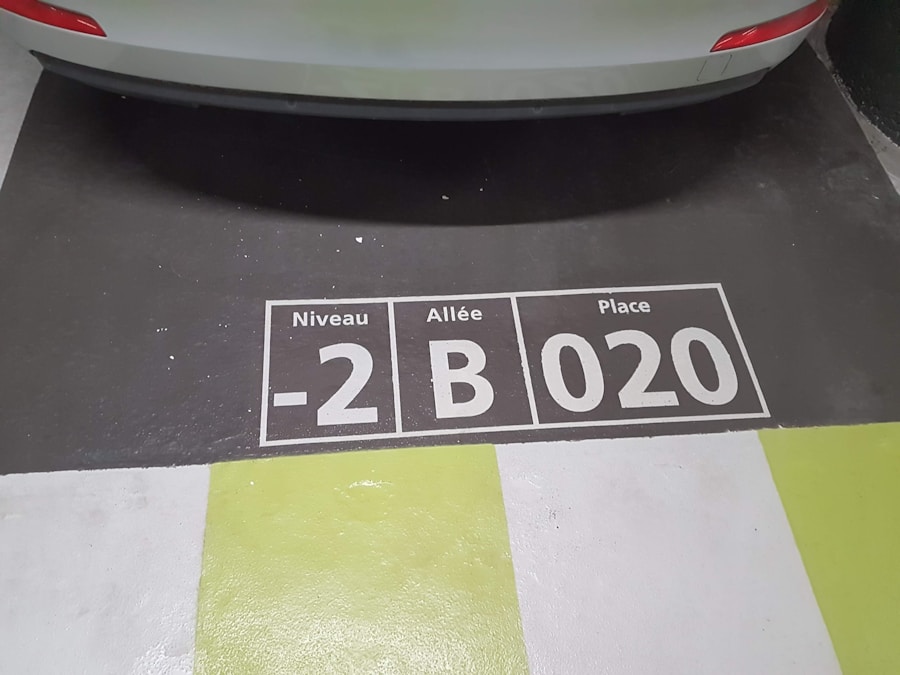Description
In the rapidly evolving landscape of technology, 3D results have emerged as a pivotal element across various industries, from entertainment and gaming to architecture and engineering. The ability to visualize data in three dimensions has transformed how professionals approach design, analysis, and presentation. Today, 3D results are not merely a novelty; they are essential tools that enhance understanding and facilitate decision-making.
As businesses and individuals increasingly rely on 3D modeling and visualization, the demand for sophisticated software and tools that can deliver high-quality results has surged. The significance of 3D results extends beyond aesthetics; they provide a deeper insight into complex data sets. For instance, in the medical field, 3D imaging allows for a more comprehensive view of anatomical structures, aiding in diagnosis and surgical planning.
Similarly, in the realm of architecture, 3D models enable architects to present their designs in a more immersive manner, allowing clients to visualize spaces before they are built. This shift towards three-dimensional representation is not just a trend; it reflects a fundamental change in how we interact with information and make informed choices.
Key Takeaways
- 3D Results Today offers a range of new features and enhancements for users
- The improved user experience includes a more intuitive interface and streamlined workflows
- Expanded compatibility and integration with other software and platforms
- Exciting future developments in the pipeline for 3D Results Today
- Conclusion and next steps for users to take advantage of the latest updates and features
New Features and Enhancements
Recent advancements in 3D technology have introduced a plethora of new features and enhancements that significantly improve the capabilities of 3D modeling software. One notable development is the integration of artificial intelligence (AI) into 3D rendering processes. AI algorithms can now analyze vast amounts of data to optimize rendering times and improve the quality of visual outputs.
For example, AI-driven tools can automatically adjust lighting and textures based on the scene’s context, resulting in more realistic and visually appealing renderings without requiring extensive manual input from users. Another exciting enhancement is the introduction of real-time rendering capabilities. Traditionally, rendering a 3D model could take hours or even days, depending on the complexity of the scene.
However, with advancements in graphics processing units (GPUs) and software optimization, users can now see changes in real-time as they manipulate their models. This feature is particularly beneficial for industries such as gaming and virtual reality, where immediate feedback is crucial for creating immersive experiences. The ability to visualize changes instantaneously allows designers to experiment more freely, fostering creativity and innovation.
Improved User Experience

The user experience in 3D modeling software has seen significant improvements, making these tools more accessible to a broader audience. One of the key factors contributing to this enhanced experience is the focus on intuitive interfaces. Developers have recognized that a steep learning curve can deter potential users, so they have prioritized creating user-friendly environments that simplify complex tasks.
For instance, many modern 3D applications now feature drag-and-drop functionality, allowing users to easily import assets and manipulate them within their projects without needing extensive technical knowledge. Moreover, the incorporation of customizable toolbars and workspace layouts has empowered users to tailor their environments according to their specific needs. This flexibility not only streamlines workflows but also enhances productivity by allowing users to focus on the tasks that matter most to them.
Additionally, tutorials and guided workflows have become commonplace in 3D software, providing newcomers with step-by-step instructions that demystify the modeling process. As a result, individuals who may have previously felt intimidated by 3D design are now able to engage with these tools confidently.
Expanded Compatibility and Integration
| Integration | Compatibility |
|---|---|
| Number of integrated third-party applications | Compatibility with operating systems |
| Percentage of successful API integrations | Compatibility with browsers |
| Time taken for new integration development | Compatibility with hardware devices |
| Number of data sources integrated | Compatibility with software versions |
As industries continue to embrace 3D technology, the need for compatibility and integration with other software solutions has become increasingly important. Modern 3D modeling tools are now designed to work seamlessly with a variety of applications, enabling users to incorporate their 3D results into broader workflows. For example, architects can easily export their models into building information modeling (BIM) software, allowing for better collaboration among project stakeholders.
This interoperability ensures that all team members are on the same page, reducing errors and enhancing project efficiency. Furthermore, cloud-based solutions have revolutionized how 3D results are shared and collaborated upon. With cloud integration, teams can access their projects from anywhere in the world, facilitating remote work and collaboration across geographical boundaries.
This capability is particularly valuable in industries like film production and game development, where teams often consist of members from diverse locations. By leveraging cloud technology, artists can work on the same project simultaneously, making real-time adjustments and sharing feedback instantly.
Exciting Future Developments
Looking ahead, the future of 3D results is brimming with potential developments that promise to further enhance their utility across various sectors. One area poised for significant growth is the integration of augmented reality (AR) and virtual reality (VR) technologies into 3D modeling workflows. As AR and VR become more mainstream, professionals will be able to immerse themselves in their designs like never before.
Imagine architects walking through a virtual representation of their building before it is constructed or medical professionals practicing surgical procedures in a simulated environment. These applications not only improve understanding but also reduce risks associated with real-world implementations. Additionally, advancements in machine learning are expected to play a crucial role in automating aspects of the 3D modeling process.
For instance, machine learning algorithms could analyze user behavior to predict design choices or suggest improvements based on industry standards. This level of automation would not only save time but also enhance creativity by allowing designers to explore new possibilities without being bogged down by repetitive tasks.
Conclusion and Next Steps

As we navigate through this exciting era of 3D technology, it is clear that the landscape is continuously evolving. The enhancements in features, user experience improvements, expanded compatibility, and promising future developments all point towards a future where 3D results will be even more integral to various industries. For professionals looking to stay ahead in this dynamic environment, embracing these advancements is essential.
To capitalize on these developments, individuals and organizations should invest time in training and familiarizing themselves with the latest tools available in the market. Engaging with online communities and forums can also provide valuable insights into best practices and emerging trends within the realm of 3D modeling. As technology continues to advance at an unprecedented pace, those who adapt quickly will undoubtedly find themselves at the forefront of innovation in their respective fields.
If you’re a fan of mobile gaming, you may also be interested in checking out Super Mario Run, a popular game that brings the classic Nintendo character to your smartphone. This article discusses the gameplay and features of the game, providing insights into why it has become a hit with players of all ages. Additionally, if you enjoy endless runner games like 3D Result Today, you might want to try Banana Kong, another fun and addictive mobile game that challenges players to navigate through obstacles and collect bananas.
FAQs
What is a 3D result?
A 3D result refers to the outcome of a 3D lottery game, where players choose a three-digit number and win prizes based on matching the drawn numbers.
How is a 3D result determined?
A 3D result is determined through a random drawing of three numbers, typically using a mechanical ball machine or a computerized random number generator.
Where can I find the 3D result today?
You can find the 3D result today by checking the official website of the lottery operator, visiting authorized lottery outlets, or checking local newspapers for the published results.
What are the prizes for matching the 3D result?
Prizes for matching the 3D result vary depending on the specific rules of the lottery game, but typically include different prize tiers for matching the numbers in different combinations.
Can I play the 3D lottery game online?
Some lottery operators offer the option to play the 3D lottery game online through their official websites or mobile apps, allowing players to participate and check results remotely.





